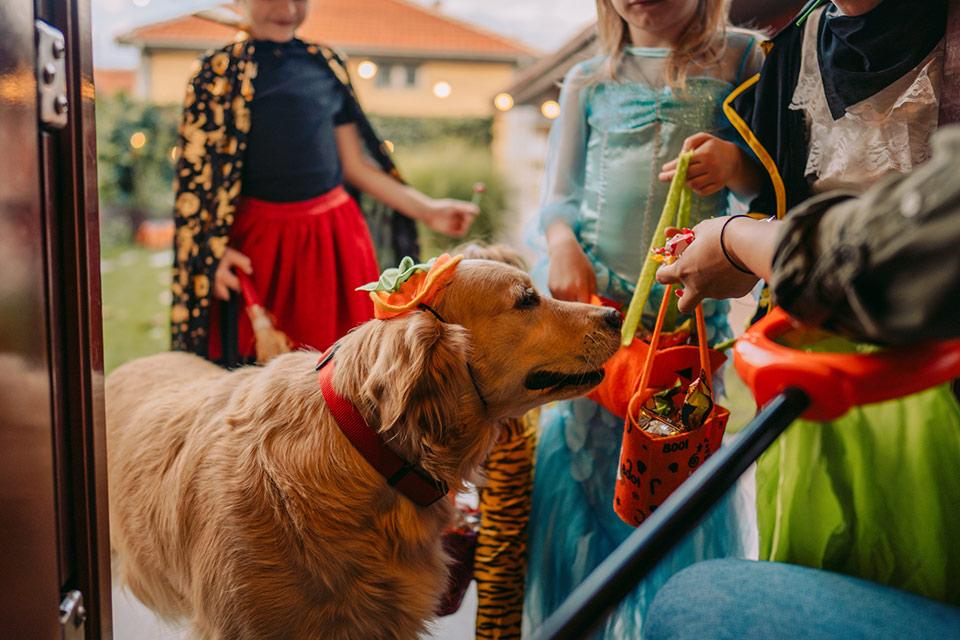Dressing up in costumes to go trick-or-treating is something many kids look forward to all year long. For parents, however, safety is a big concern. On average, children are more than twice as likely to be hit by a car on Halloween than any other night of the year. To keep your kids safe on Halloween, make sure to focus on three things — a safe costume, a safe walk through the neighborhood and safe candy consumption. Here are some tips to help protect your kids during this spooky holiday.

Costume safety
- Costume accessories such as knives and swords should be soft, short and flexible.
- Test makeup on a small area of skin before applying to ensure there is no skin irritation.
- Costumes that fit correctly help prevent slips and trips.
- Masks should fit properly so children can easily see.
Walking safety
- Always walk on sidewalks, if available. If there are no sidewalks, walk the opposite direction of traffic and stay as far left as possible.
- Use reflective material on costumes and bags so drivers can see you.
- Make eye contact with drivers before crossing the street.
- Carry glow sticks or flashlights so others can see you and you can see them.
- Children under the age of 12 should always have adult supervision when trick-or-treating.
Halloween candy safety
- Only let your child eat factory-wrapped treats — never let them eat homemade treats from strangers.
- Make sure you inspect candy or treats before your kids eat them.
- Many communities offer places that will check your child’s candy or trade it for candy you know is safe.
Remember to keep safety in mind when planning a costume, going trick-or-treating with your kids and checking their candy before giving it to them. Happy Halloween!
